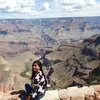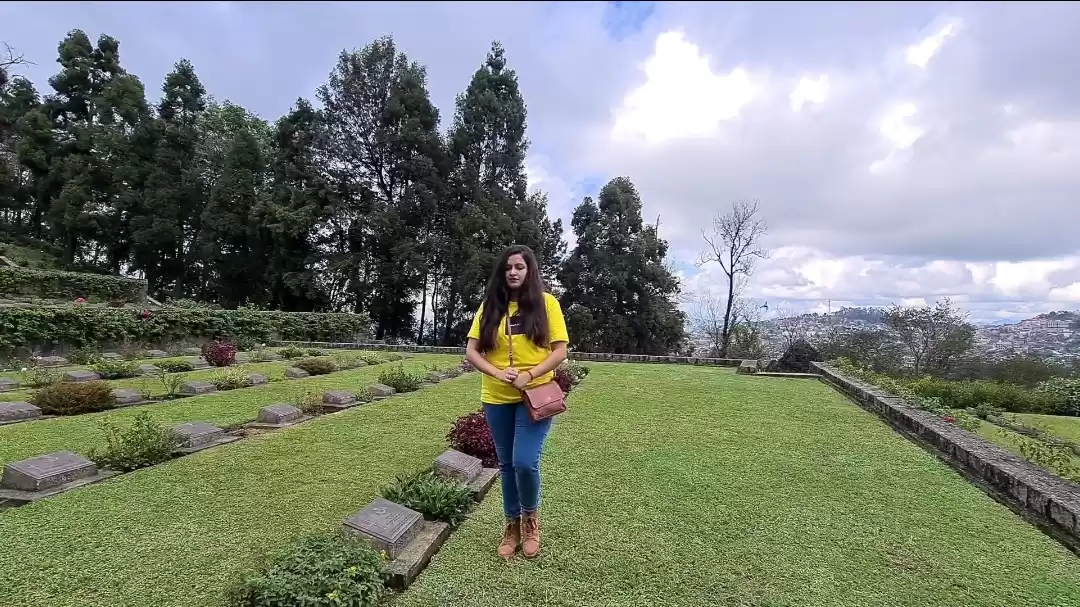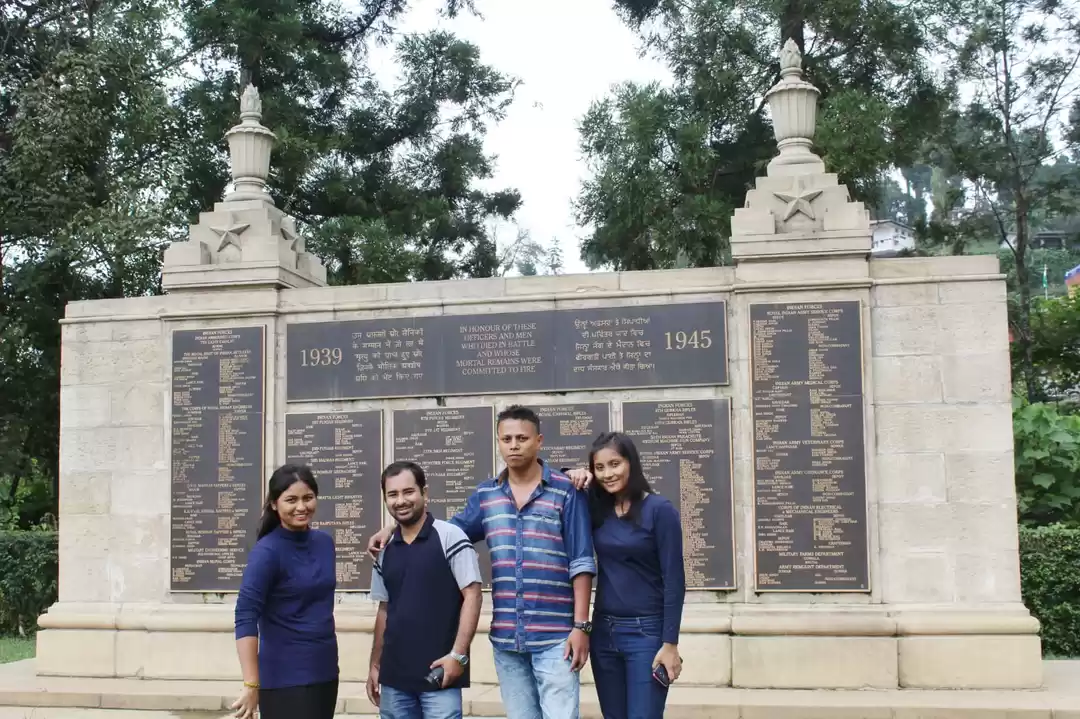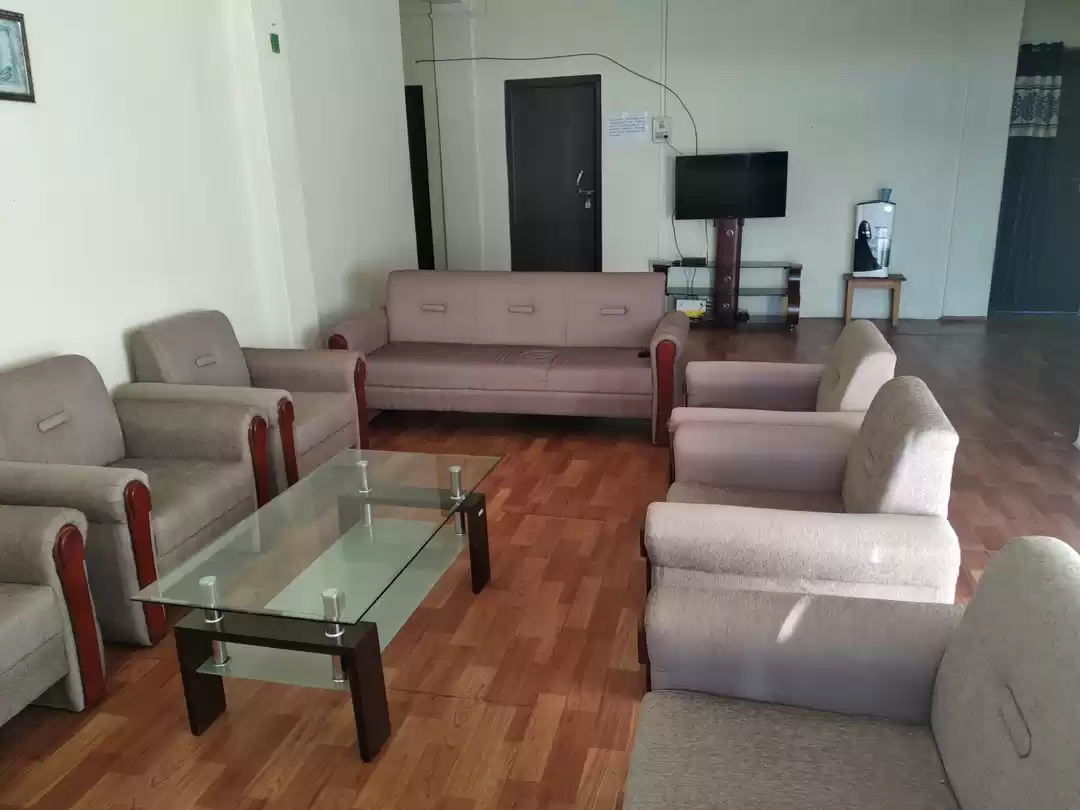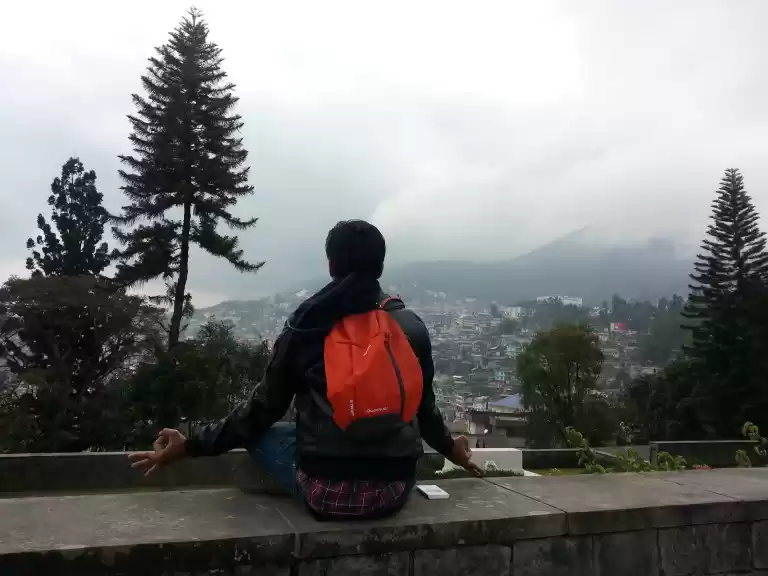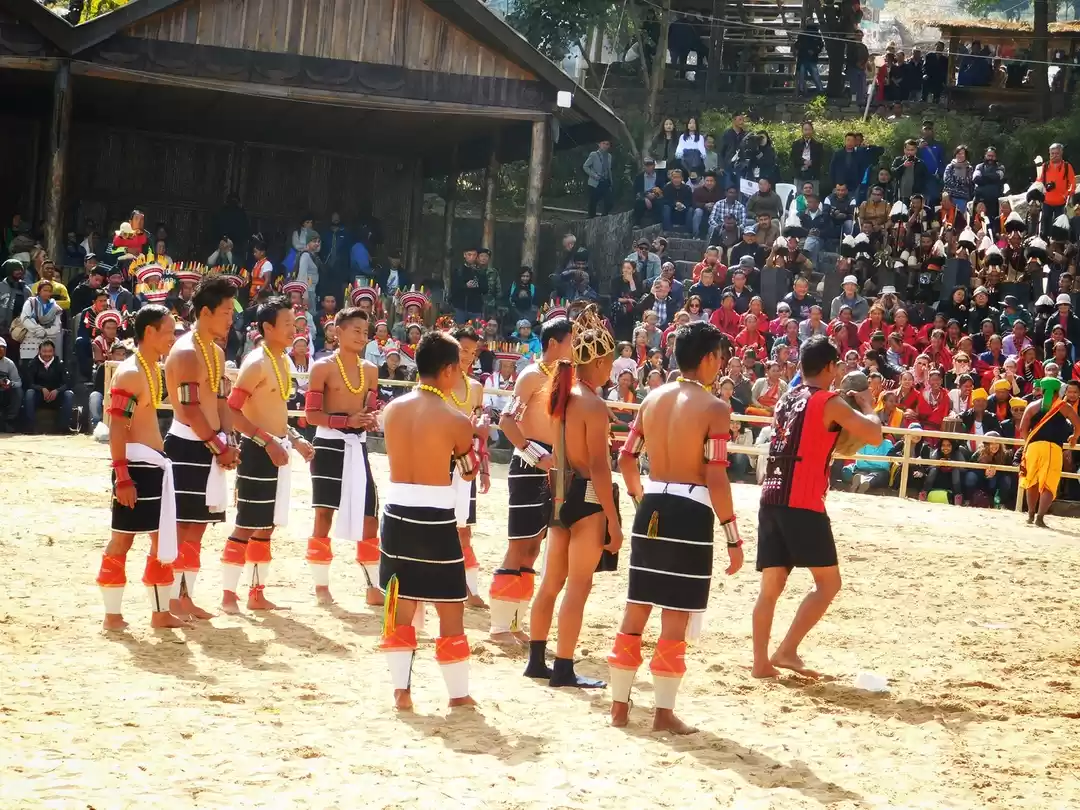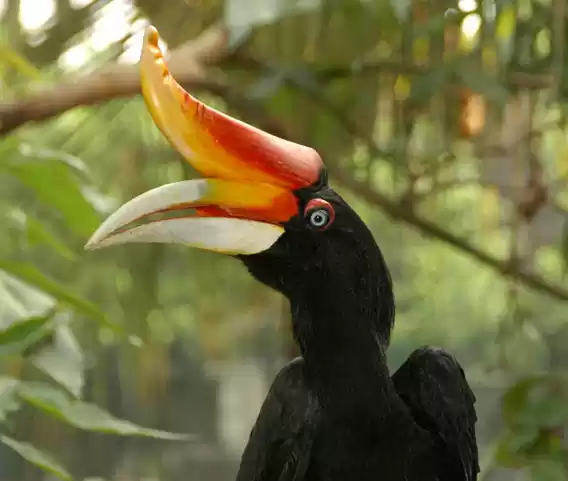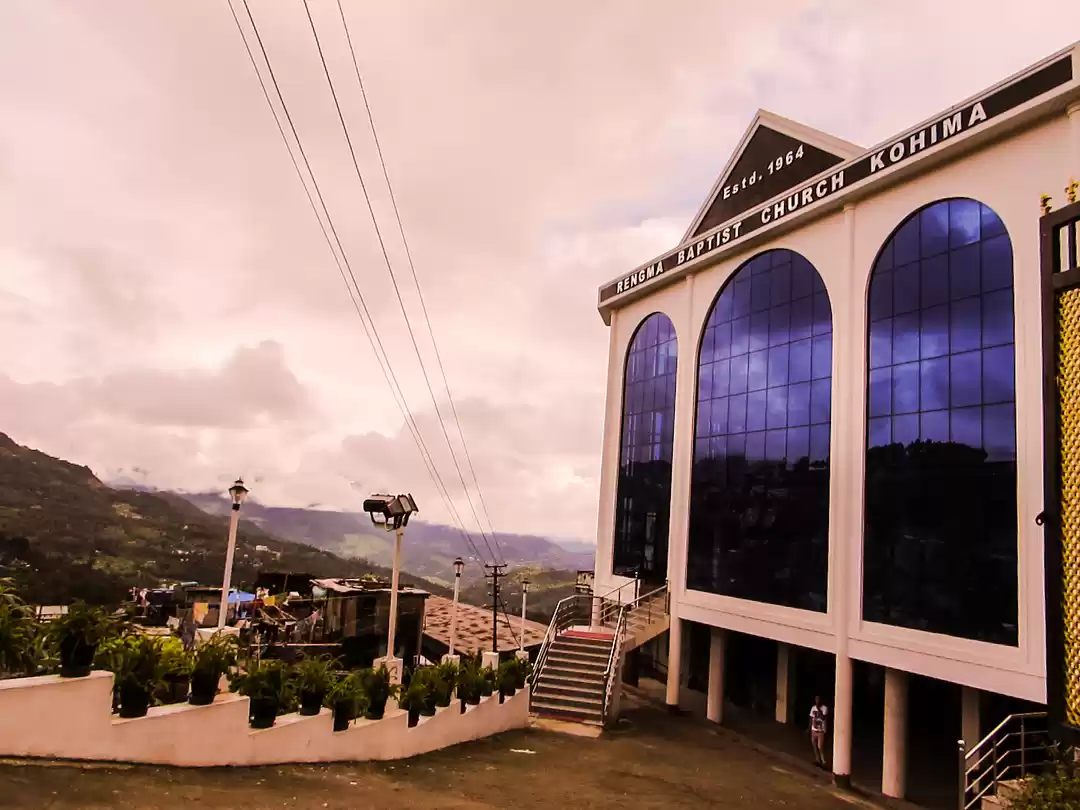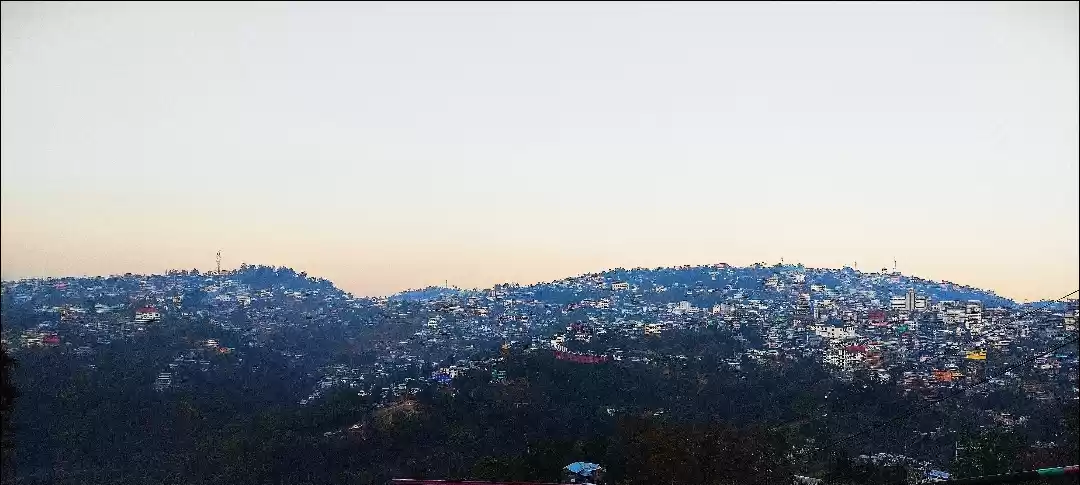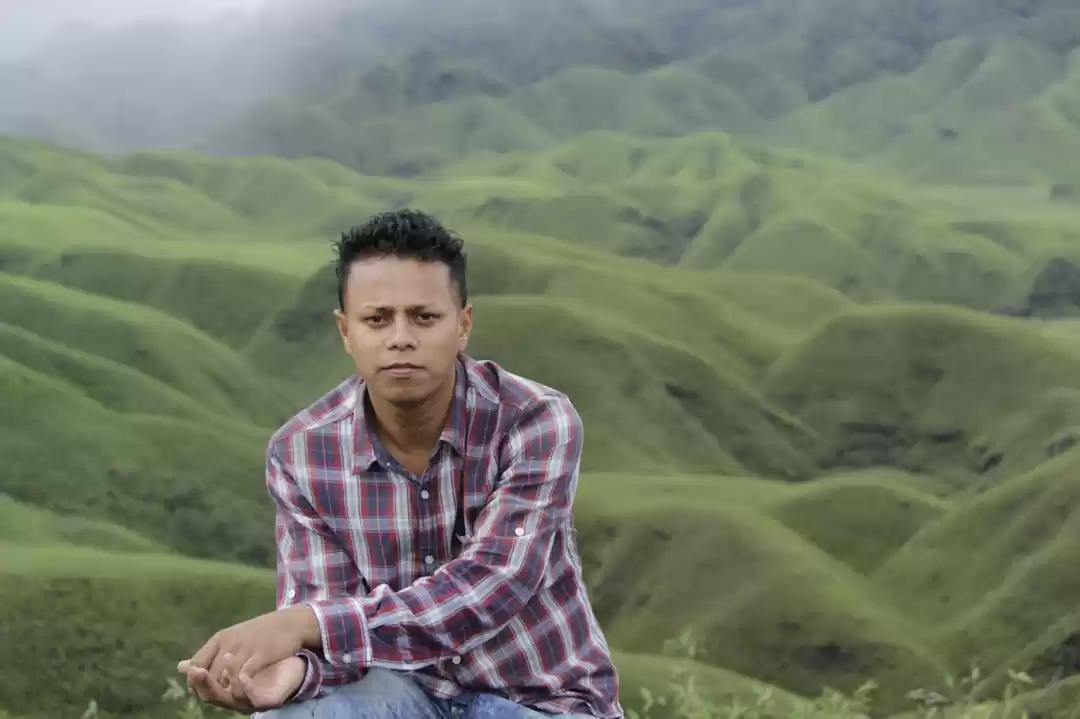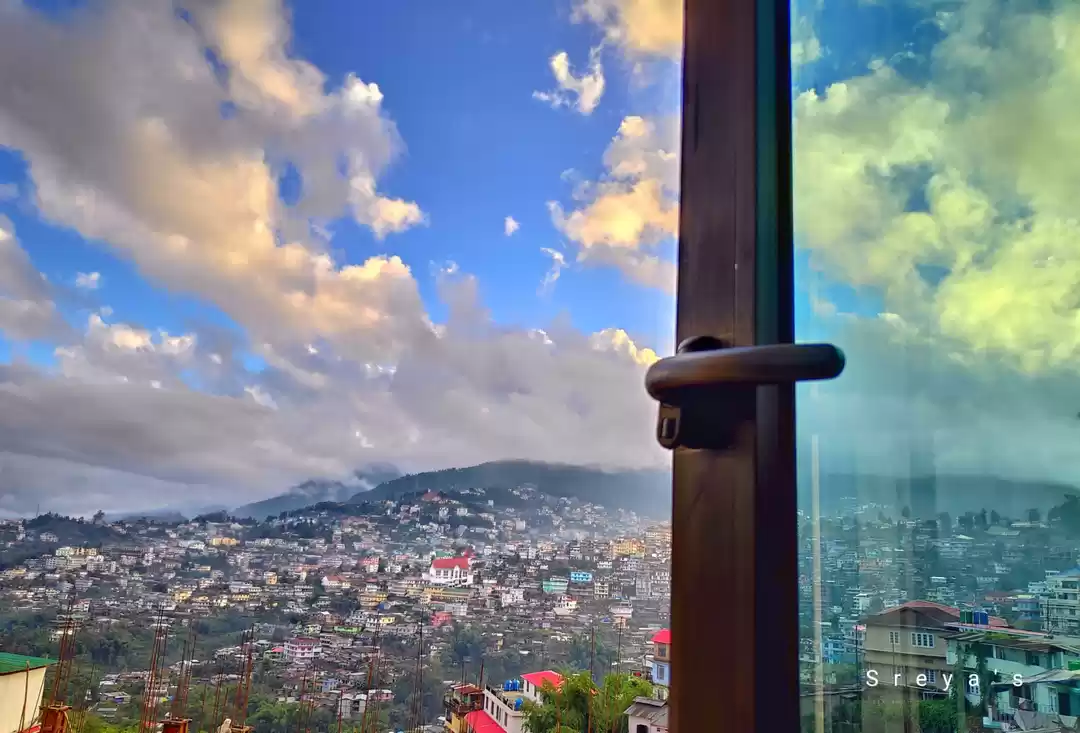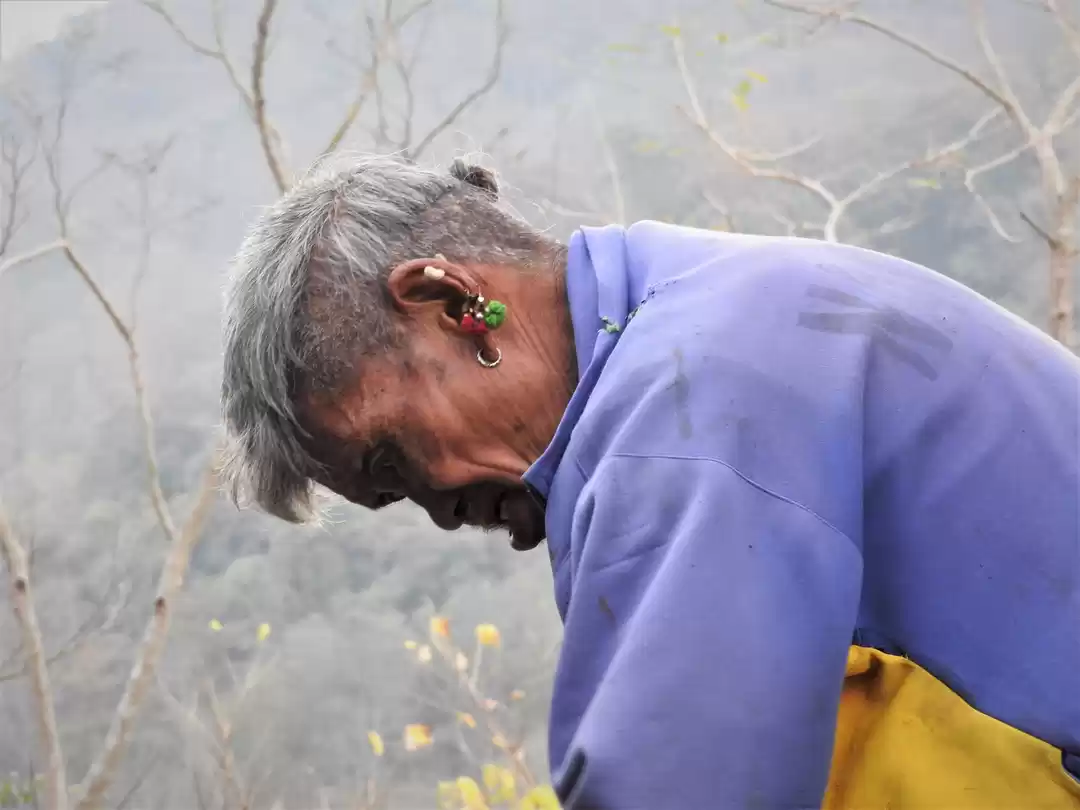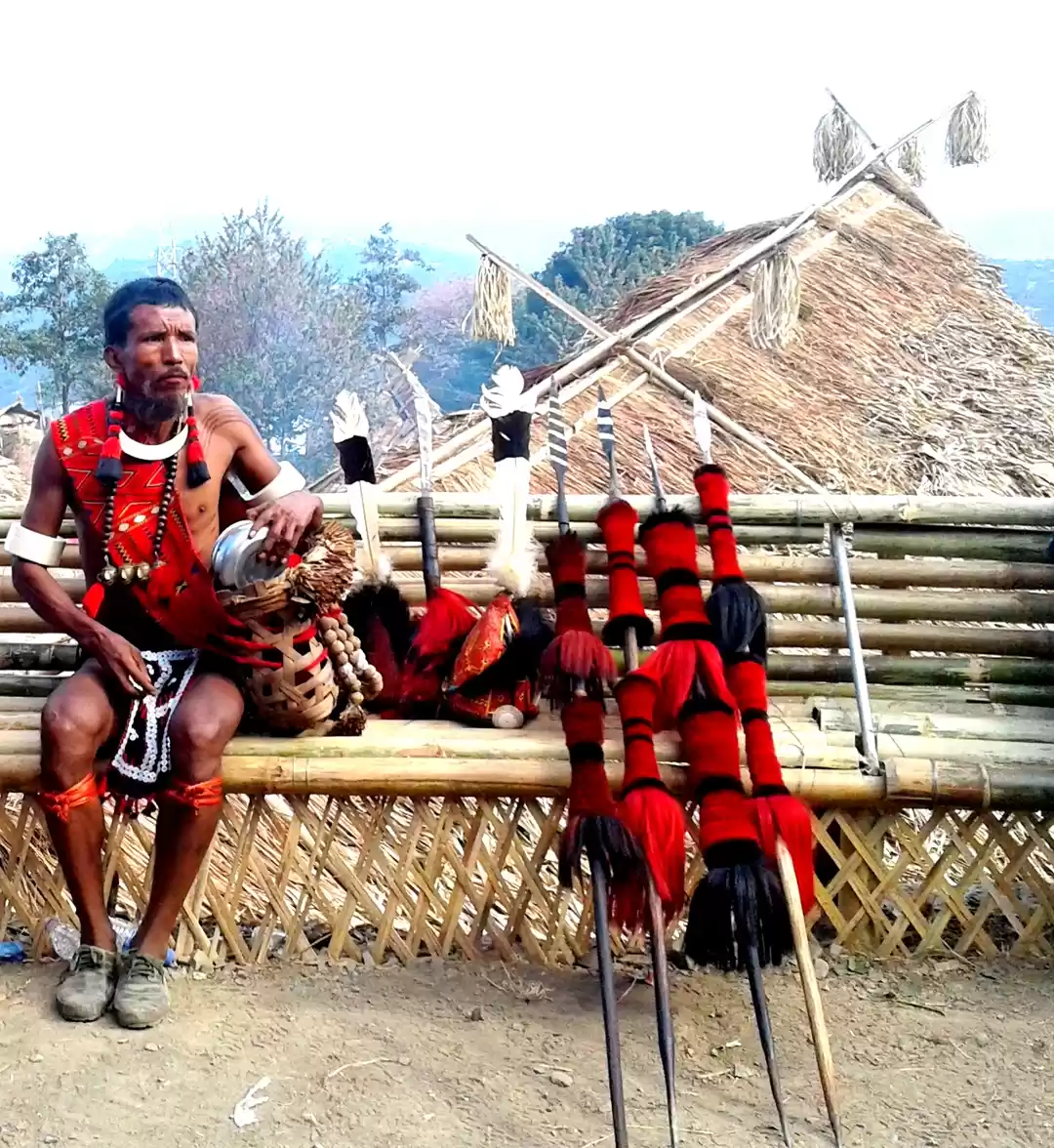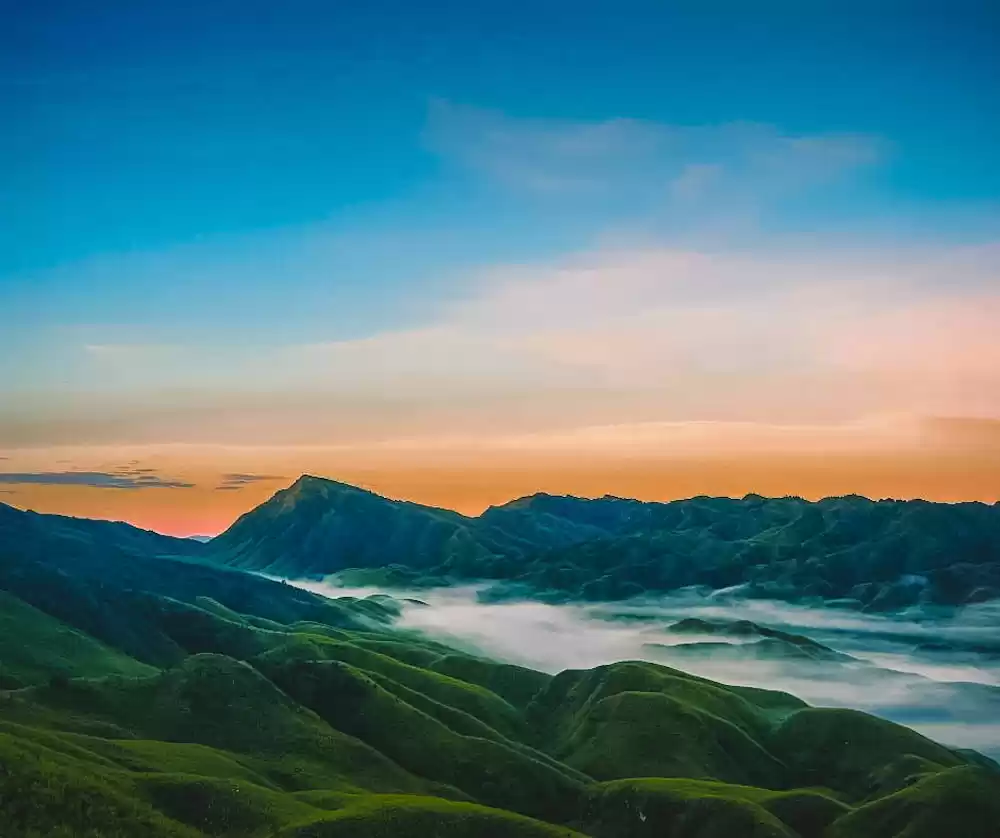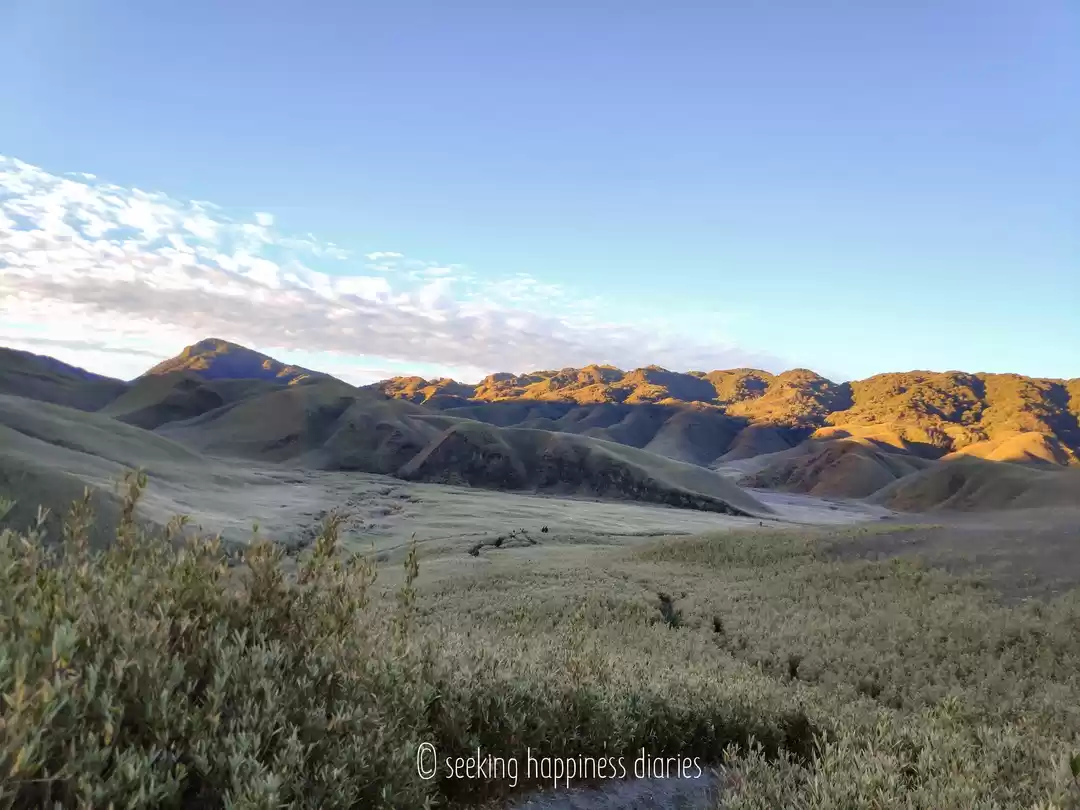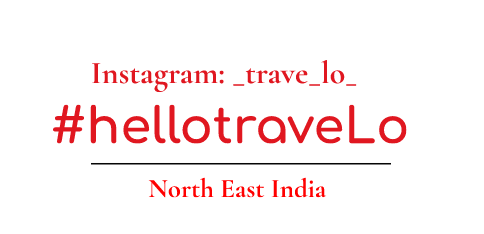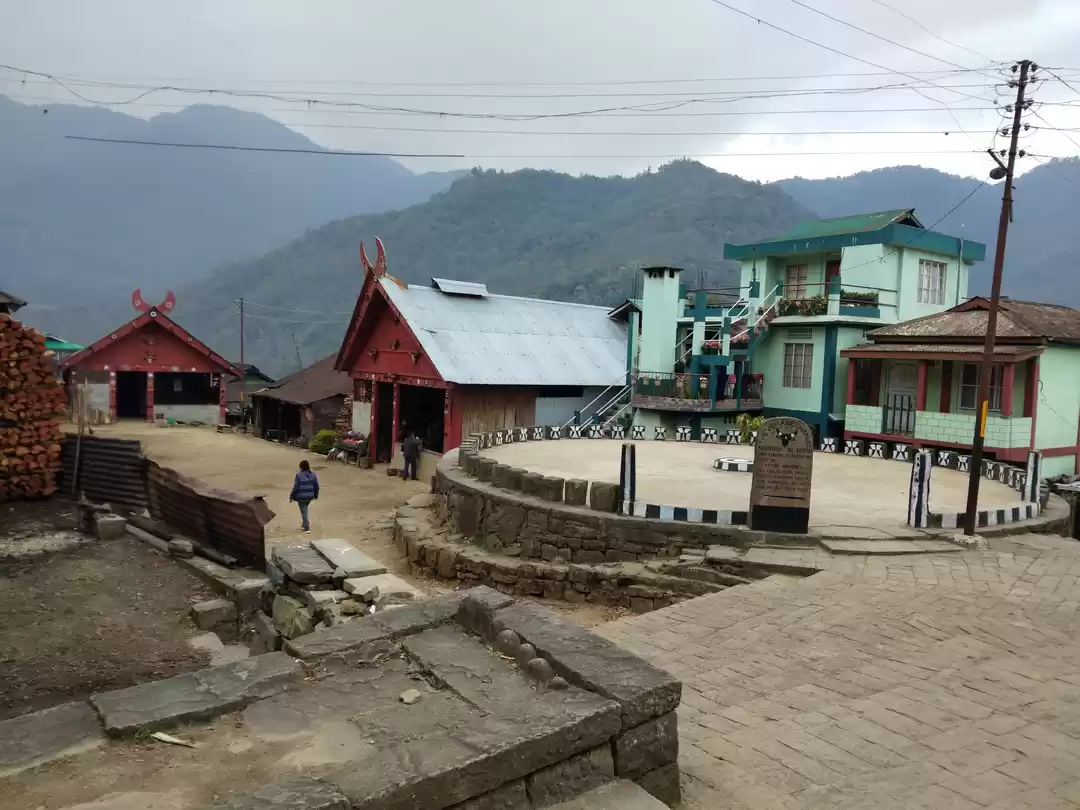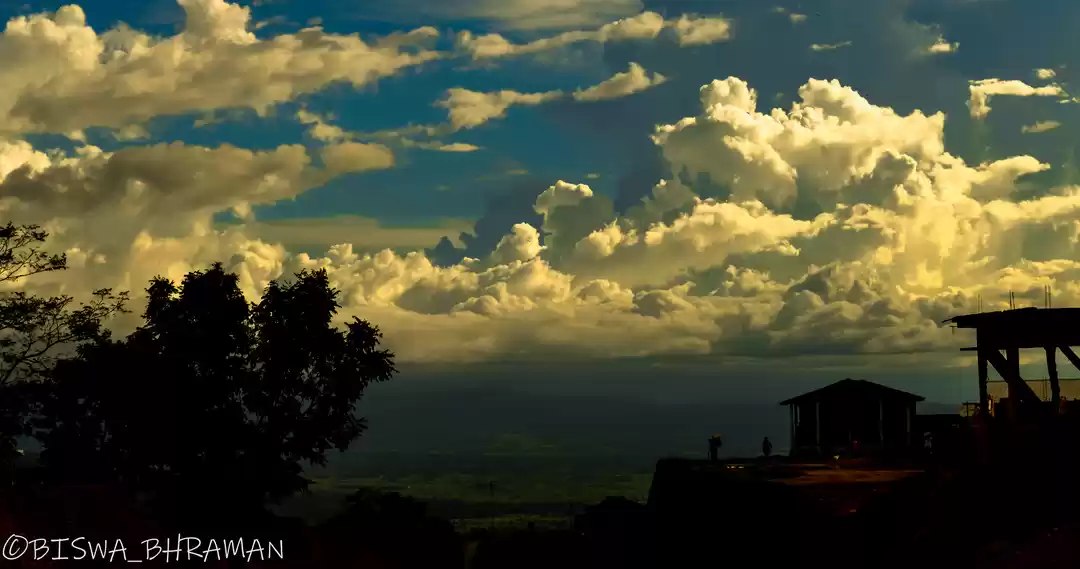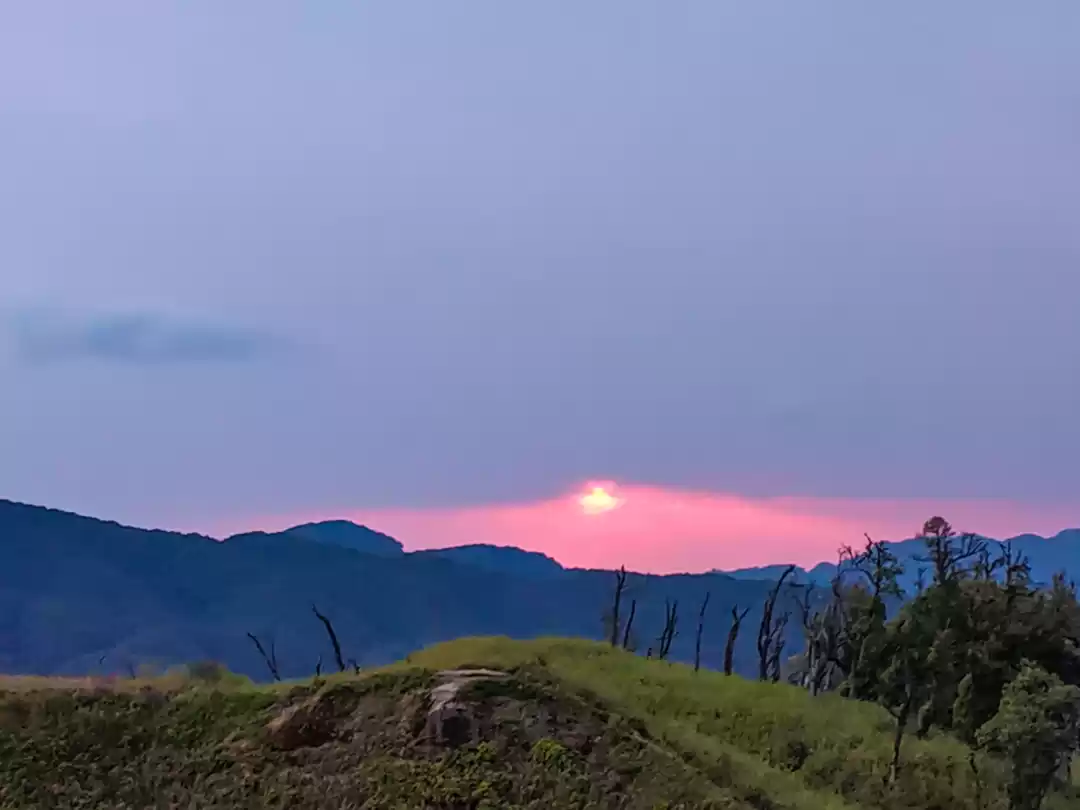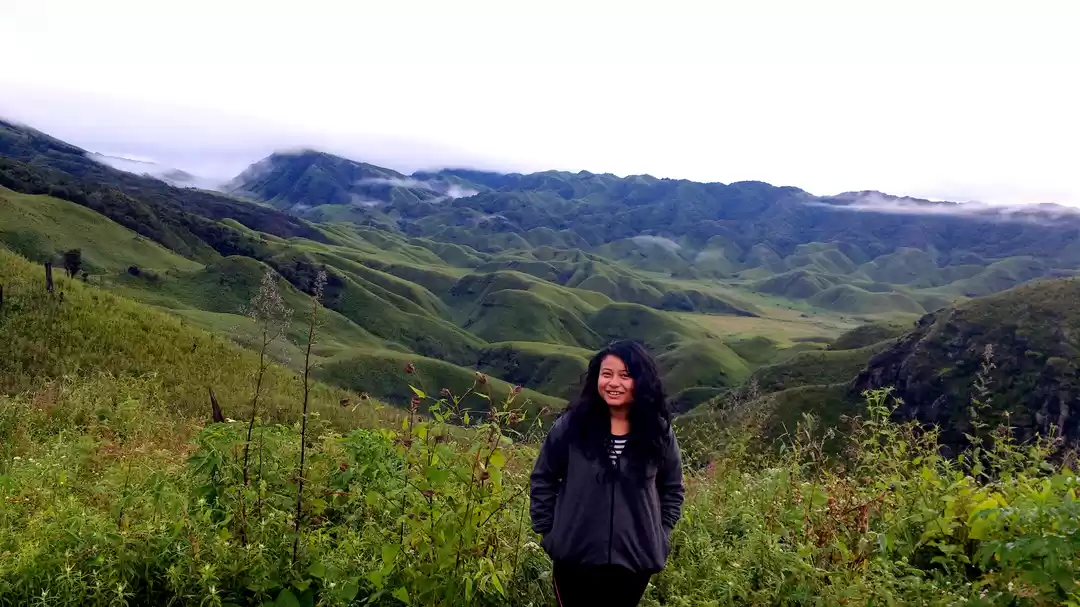


Banging a log drum with two wooden logs in a Naga hut wasn’t what we envisioned when couple of us decided to travel to Nagaland. Yet, we found ourselves in a beautifully crafted tribal hut with people from Phom tribe creating raw music. Eyes closed, arms working on auto pilot to the rhythm, I find myself transported to a place where nothing exists but the sound. Occasionally, a slow chant is raised by someone, in sync with wood crashing against wood. The tempo gradually increases and reaches a crescendo filling every fiber of being with music that is primal. The energy in this hut is hard to describe. It was unifying, real and surreal at the same time.
Rewinding a day, our plan was to attend the closing ceremony of Hornbill festival. But ofcourse, whats’ the fun if plans work. After screwing up on train schedule, we end up traveling by road through every means of transportation possible, through various villages and reaching Kohima 4 hours late only to witness the departing crowd. So we head to Kisama village, and boy I was glad we did!
With over 230000 people attending hornbill, our chances of finding a place to stay were slim. An elderly man at the hut of Phom tribe assures us that we’ll find somewhere to sleep, so we relax and join them for the after party. Their hospitality was overwhelming to the point of being unbelievable. They give us their seats by the fire and choose to stand, watch our luggage for us, and worse, run around in search of accommodation for us. At various times, we look at each other and wonder why the hell are they so ridiculously nice to us. Trying to make sense of it using our inbuilt untrusting heads, we feel like central characters in a play waiting for the drama to unfold. And finally at some point, we stop trying to make sense and just give in.
There’s no such thing as private, as they ask questions of us. It was refreshing to find that political correctness hasn’t invaded them yet. On the menu were meat and rice beer. Freshly brewed mildly flavored rice beer served in natural bamboo mug was the obvious choice for a vegetarian!
Late into the night, a group of them ask us to join on the log drum one last time. Even the way they request you to join is so humbling, that we happily oblige throwing in our energy in chanting and beating the drum.
Couple of hours left for dawn and we were tired enough to crash. Since no rooms were available, the tribe helps us by giving bed sheets, laying tables to block the wind and allowing us to sleep in the hut. While we slept in an open hut, we couldn’t have asked for a safer place. And even though it was freezing cold, neither of us would trade the experience for any luxury.
Outside the hut, fire continues all night, and people chat and sing happily. We manage to snooze a little and wake up just in time for sunrise. The place is now quiet and we get our first glimpse of Kisama village.
Dzukou Valley
During the party, someone mentioned that Dzukou Valley is beautiful, so we pack and go trekking.
We had our first meal in 24 hours and hitch hiked a ride to Zakhama. This turned out to be steeper of the two routes to Dzukou valley. After a short walk on pebbled road, we start ascending and are soon engulfed by a thick tropical forest. Sunlight just manages to make its way in through tiny gaps. Barely any area was not carpeted in green as the forest revolts against being tamed. Breathing fresh and moist air, all we hear are our footsteps and chirping of birds.
What started as a gradual hike soon became steep. Couple of other trekkers passed us in a rush hoping to return the same day, while we trekked with backpacks, taking our time, enjoying the view, listening to the quiet and stopping to snack.
Four hours later, following a final steep vertical climb, tired to a point where I can barely move, we reach the top. And did I just say “tired”. The next thing I know, we are jumping in sheer exhilaration. We seemed to have opened a door to another world. A beautiful emerald green carpeted valley interrupted only by a contrasting blue sky, a lone cloud faced me at eye level, an area marked with burnt tree stumps looks eerily picture perfect in the distance. The initial exhilaration gives way to quiet bliss. All we could do was sit and indulge our senses. I would later find out that Dzukou is also called ‘valley of celestial charm’, and rightly so.
The next 5 km’s to the guesthouse were a breeze. We ran through the dense bamboo shrubs with new energy, blissfully unaware of the surprise that awaited us. The guesthouse was locked and unattended.
It was close to sunset and we were in no position to descend. Neither were we inclined to. So we sit once again and soak in the beauty of sunset over the valley. As darkness descends, we realize with nervousness and excitement that for several miles around us, we were the only people. We seemed to own the valley for the night.
It was time to think of survival. Ill equipped against freezing cold, we break the padlock on one of the rooms, silently apologizing and hoping to find its owner so we can pay. Firewood was to be our only hope, so we gather as much as we could. Fortunately, we manage to find some kerosene, and the guesthouse is equipped with a wooden cot and candle. Thanks to LifeStraw, we could drink water straight from storing well and we had enough biscuits and chocolates to make it through.
As it starts getting colder, we light the fire, but keeping the moist firewood going is not as easy as Bollywood makes us believe from those umpteen "lost in forest at night" situations. We try to make it work as long as we could.
Even in the dark, the view is irresistible enough for us to walk through the cold night to sit on a ledge and watch the valley and stars, as the wind howls.
We spend a sleepless night with wind banging the doors and chill air sweeping in through the broken window. As the sunrises, we brave the cold air once again to sit on the ledge and soak in the beauty of the valley one last time.
As much as we wanted to stay, our stomachs rumbled as the last meal was once again 24 hours ago. So we make our way back through the dense bamboo shrub. We choose a different trail with a wild guess that it would lead to Viswema village. The trek is a straight long path over couple of hours followed by a descent of 3-4 kms. 3 hours later, we come across a gravel road. What we were not aware was this was a motorable road of 8 kms, and people who trek hire a vehicle to this point. After walking another 4 or so kms, just when frustration seemed to seep in, we jump with joy as a jeep makes its way through. A group of hunters returning from forest give us a lift. Lifesavers they were!
Kohima
Back into civilization, all we wanted was hot food. It’s amazing how things we take for granted become luxuries in such a short time. A bowl of hot Maggie noodles, hot bath, blankets and bed to sleep were almost divine.
We walked around the markets of Kohima, explored couple of café’s. For all the excitement of Nagaland, it certainly isn’t a vegetarian’s paradise.
We chose a homestay for the day which was quite charming in itself, and owner Nino invites us to join for a visit to her hometown. We end up with a private tour of Kigwema village. We watch as a lady patiently feeds pigs, walk through the narrow clean lanes surrounded by wooden logs, sit with village elders by the fire, learn about some of the past customs of the tribe and gain some understanding of symbolism on houses and the massive entrance door. The day ends with Nino treating us to a lavish home cooked dinner.
Very reluctantly we pack our bags the following day for Assam.
Overall, the three days in Nagaland packed everything and more than what I could have asked for. What I take away from this place is not just its’ picturesque beauty, but the inner beauty of its people. Until this journey, I considered myself to be a trusting person. But Nagaland challenged my understanding of trust. Their modesty, kindness and unconditional hospitality is something I hope will continue to remain, not just in them, but hopefully a part of it in me too.
This trip was originally published on THAT ONE FRAME.

